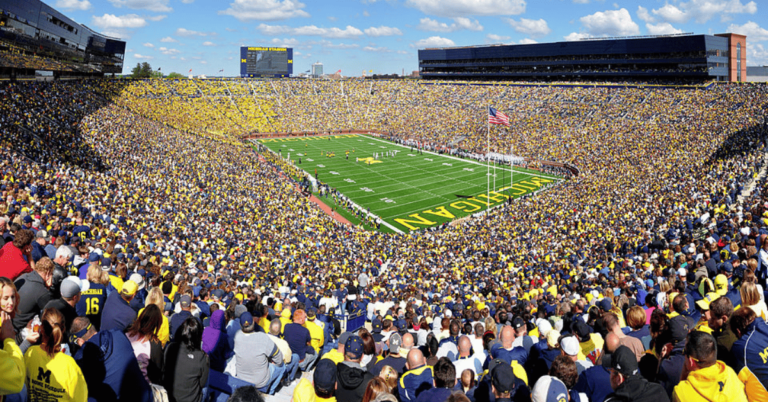15 Facts That Set Wimbledon Apart From Every Other Tournament
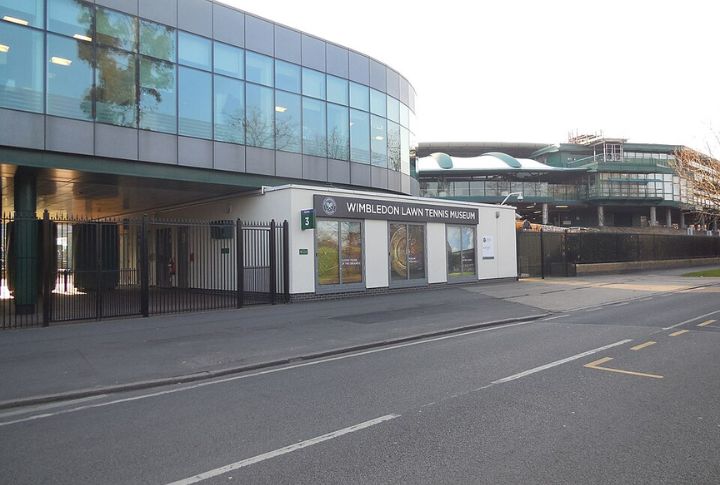
Wimbledon is the oldest and most prestigious tennis tournament in the world. Held annually at the All England Club in London, it remains the only Grand Slam played on grass courts. Starting in 2025, Wimbledon will make a major change by replacing human line judges with the Hawk-Eye Live system, ending a 147-year tradition. But that’s just the beginning—here are 15 more surprising facts that make Wimbledon truly one of a kind.
The All England Club’s Location
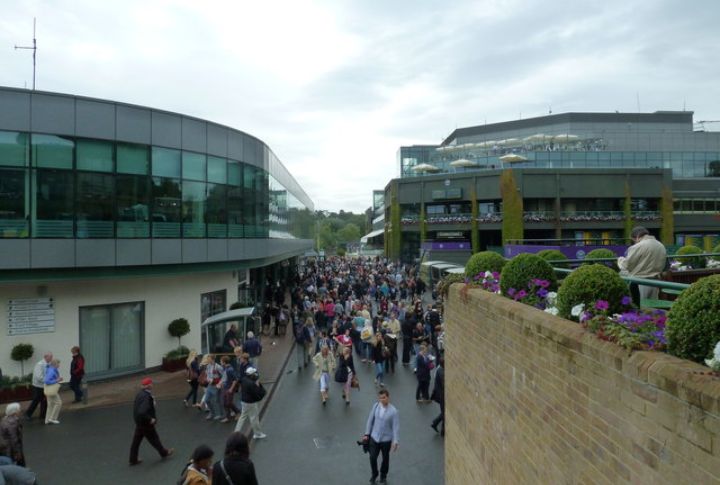
Wimbledon’s All-England Club has been the site of the tournament since its inception in 1877. Originally, the club was located at a different address in Wimbledon, but it moved to its current location on Church Road in 1922. The club spans over 42 acres and includes 18 grass courts, including the Centre Court.
The Birth Of The Tournament

Wimbledon was created when the All England Croquet and Lawn Tennis Club expanded into tennis. The first tournament, in 1877, was played at a time when tennis was still a relatively new sport. Spencer Gore was the first men’s singles champion, and Maud Watson was the first women’s singles champion.
The Famous Grass Courts
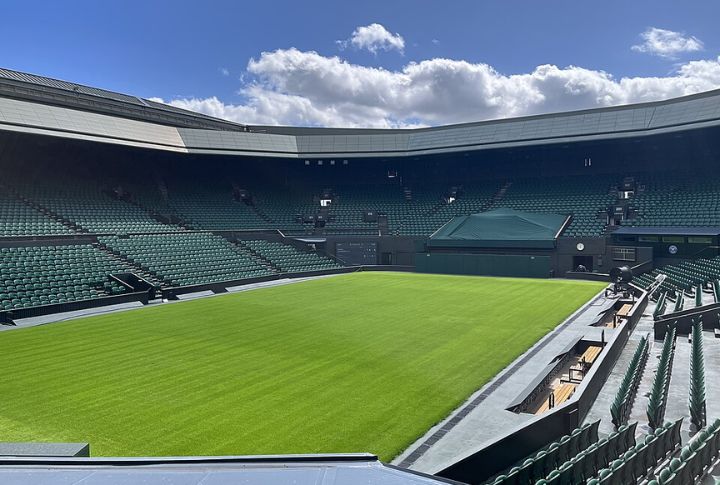
Its grass courts are carefully cultivated to ensure the highest-quality playing surface. Preparing the grass courts for the tournament takes about 10 months. The grass is seeded in early spring and maintained through a delicate balance of watering, mowing, and fertilizers. The courts are mowed at a height of 8mm.
The All-White Attire Tradition
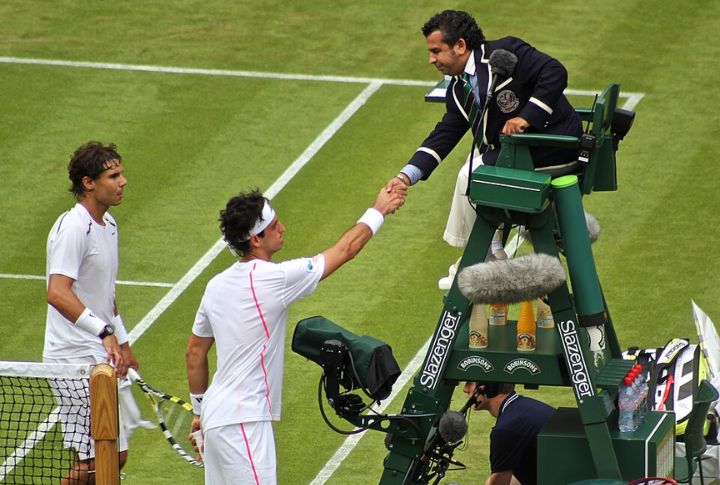
Wimbledon enforces one of the strictest dress codes in professional sports, requiring players to wear entirely white attire. The rule applies to shirts, shorts, undergarments, and tennis shoes, with only minimal color accents allowed. However, in 2023, female players were permitted to wear dark-colored undershorts for menstrual comfort, a minor relaxation of the all-white rule.
Ball Boys And Girls’ Rigorous Training
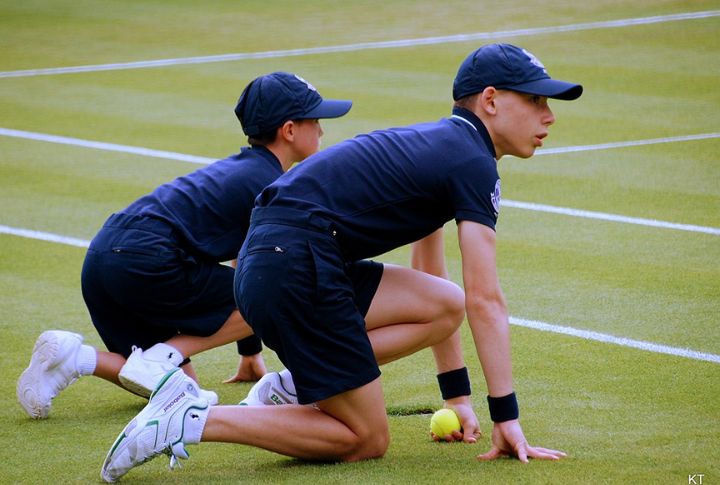
Wimbledon’s ball boys and girls, known as BBGs, contribute immensely to the smooth running of matches. Around 250 BBGs are selected each year from thousands of applicants, primarily from local schools. They undergo months of intense physical and mental training to ensure they meet the tournament’s high standards for precision and professionalism.
No Advertising On The Courts
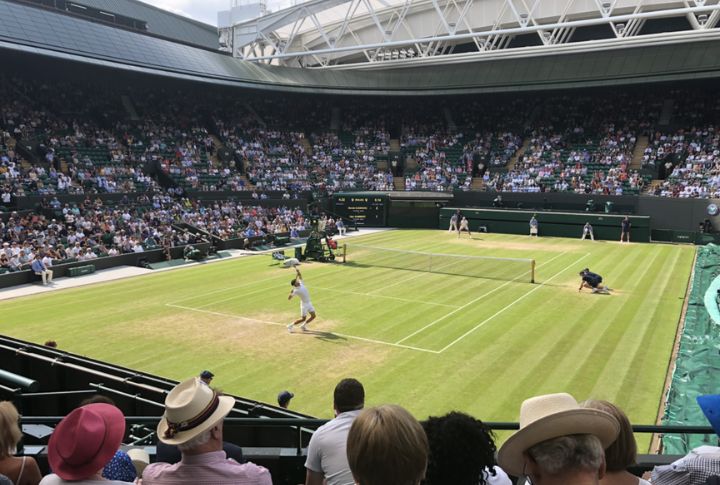
One of Wimbledon’s most distinctive features is the absence of advertising around its courts. Wimbledon maintains a traditional aesthetic, unlike other Grand Slam tournaments, which are often filled with sponsor logos. This policy reinforces the event’s focus on heritage, class, and the sport itself, helping Wimbledon stand out in an era of commercialized sports.
Wimbledon’s Strawberries And Cream
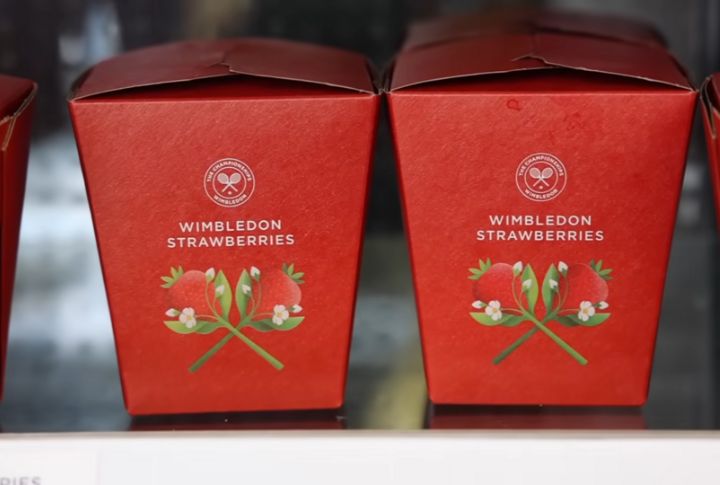
The tournament’s strawberries and cream tradition dates back to 1877, when it was first held. Combining summer fruit with fresh cream has become one of the event’s most famous symbols. Over 28,000 kilograms of strawberries are typically consumed during the tournament, with each serving costing £2.50 ($3.32) in recent years.
The Length Of Matches
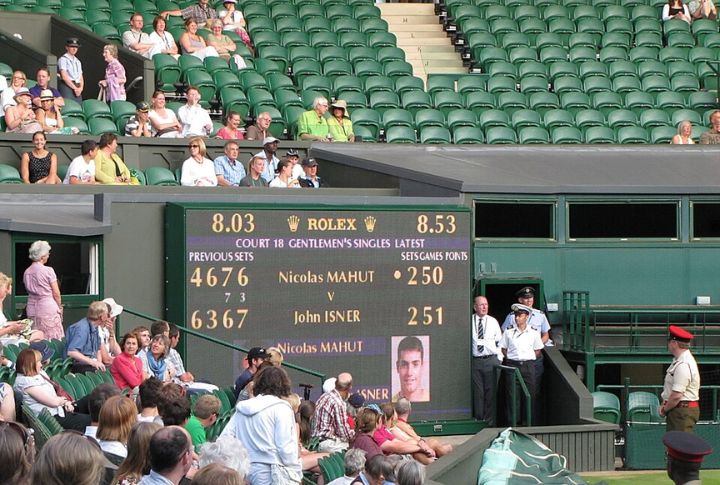
Wimbledon matches are often the longest in tennis history due to the nature of the grass courts, which allow for fast and unpredictable ball bounces. The match between John Isner and Nicolas Mahut in 2010 made history, lasting 11 hours and 5 minutes. The match was played over three days, with Isner finally emerging victorious.
The Famous Roof
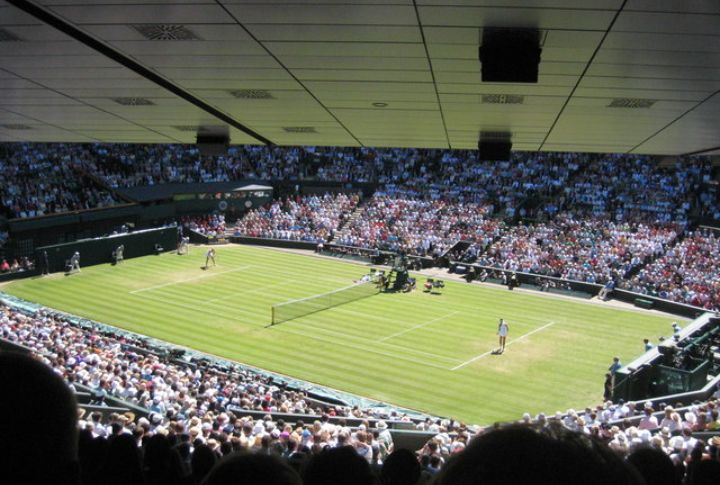
The retractable roof on Centre Court was introduced in 2009 to protect matches from interruptions caused by rain. Before its installation, Wimbledon was notorious for delays due to unpredictable weather. This roof system, which is operated hydraulically, was designed to close in about 10 minutes, ensuring that matches continue even in wet conditions.
Wimbledon’s Royal Prestige
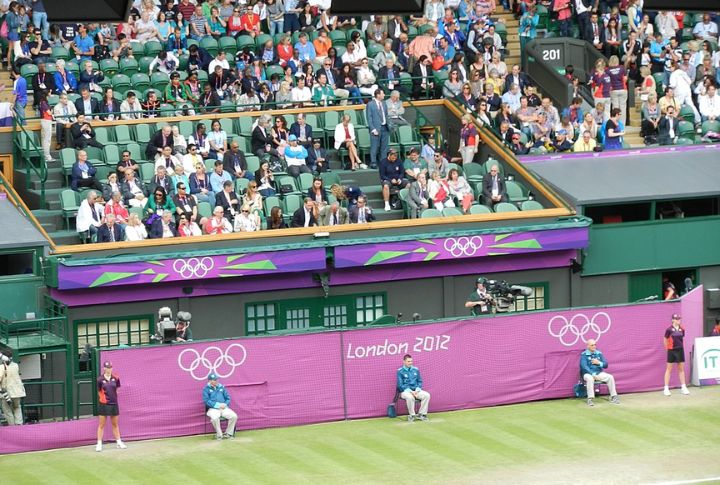
The Royal Box on Centre Court is one of the most exclusive viewing areas in the world, reserved for distinguished guests, including celebrities, political figures, and, of course, royalty. The British royal family has been closely tied to Wimbledon since the late 19th century, frequently attending matches.
The Queue
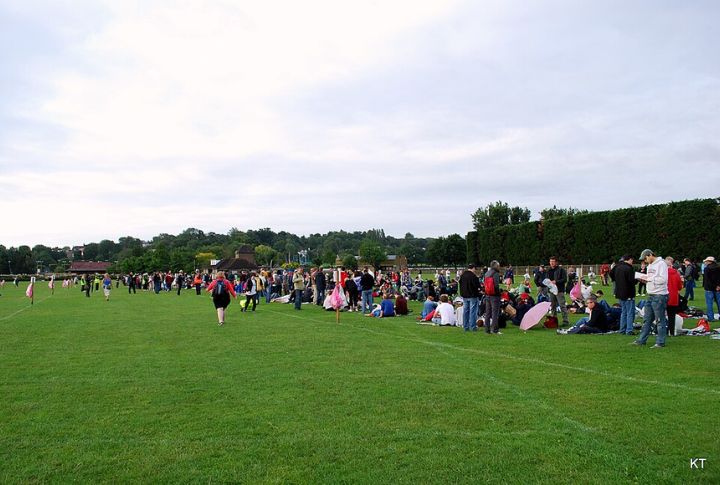
The famous Wimbledon Queue is a cherished tradition among tennis fans who wish to attend the tournament without purchasing tickets in advance. It allows non-members to purchase tickets to see the matches live and has become an iconic part of the Wimbledon experience. People often camp for several days to secure the best spots in the queue.
Unique Scoring System
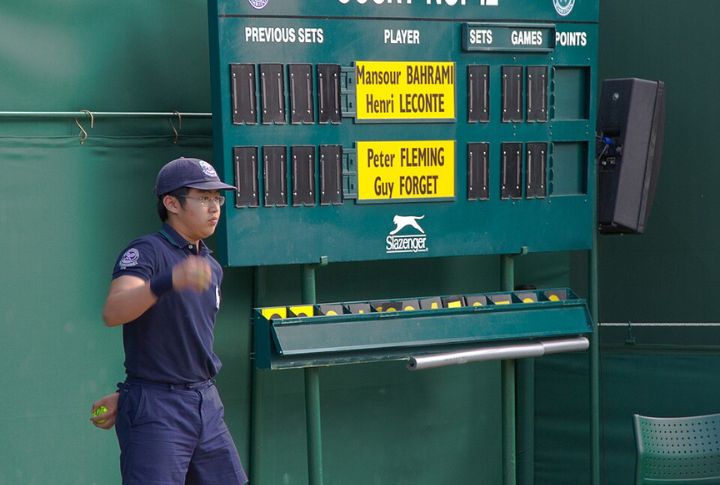
While most tournaments switch to a tie-breaker at 6-6 in the final set, Wimbledon used to require players to continue until one player won by two games. This rule created some of the longest matches in tennis history. In 2019, however, Wimbledon introduced a new tie-breaker rule at 12–12 in the final set.
The Longest Consecutive Streak Of Championships

Roger Federer holds the most Wimbledon men’s singles titles, with eight championships between 2003 and 2017. Federer’s dominance on the grass courts is proof of his versatility and adaptability. On the women’s side, Serena Williams holds seven singles titles, with her most recent win in 2016.
The Tradition Of Pimm’s
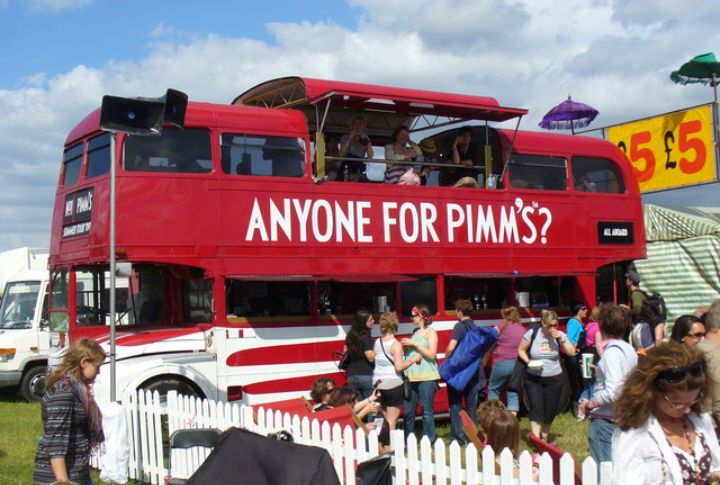
Pimm’s, a gin-based cocktail, has become synonymous with Wimbledon, especially among spectators. The drink served in large glasses with fruit garnishes like strawberries and cucumber, is often consumed in the hospitality areas of the All England Club. While its tradition is not as old as strawberries and cream, it has become a fan favorite.
Wimbledon’s Financial Impact

Wimbledon generates significant revenue through ticket sales, broadcasting rights, merchandise, and corporate sponsorships. In addition to ticket sales exceeding £80 million ($106.11 million) annually, Wimbledon’s broadcasting deals bring in millions from international television networks. The All England Club reinvests some of the profits into maintaining and upgrading its facilities, including the iconic Centre Court roof.


